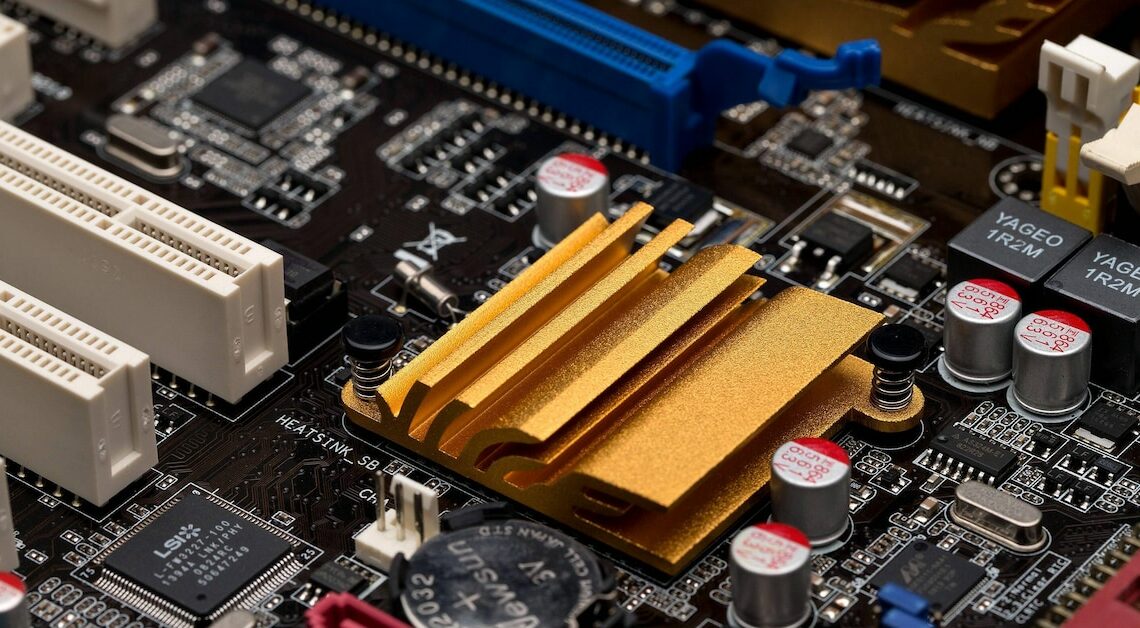
A CMOS reset helps to solve BIOS problems and restore default settings. We explain step by step how it works.
Prepare CMOS reset
Before you start the CMOS reset, you should prepare as follows:
- Detecting a defective or empty CMOS battery: The CMOS battery supplies power to your computer's BIOS settings even when the computer is turned off. If the system clock resets to an incorrect date (e.g. to the year 1970 or 2000) when you start the computer, you see error messages such as “CMOS Checksum Error” or “Date and Time Not Set”, or hardware components are not recognized correctly, this indicates a dead or defective battery. In such cases, the battery should be replaced.
- Prepare tools: Have a small screwdriver ready. If you suspect that the CMOS battery is dead or defective, you should also have a spare battery (usually a CR2032 button cell) ready.
- Disconnect power supply: Turn off the computer and unplug the power cord to avoid electrical damage.
- Open the case: Remove the case screws and carefully open the computer case.
- Take protective measures: Discharge static electricity by touching a grounded metal surface (such as the power supply case). This is important to protect sensitive components inside the computer from damage caused by static discharge.
Perform CMOS reset
Now that you are prepared, you can perform the CMOS reset.
- Remove CMOS battery: Locate the flat, round CMOS battery on the motherboard. Carefully remove it using a screwdriver.
- Wait: Leave the battery out for at least five minutes to ensure all settings are reset.
- Insert battery: Reinsert the CMOS battery and make sure it is properly seated.
- Jumper Method: Alternatively, you can reset the CMOS by moving a jumper on the motherboard – if your motherboard has one. This is a small plastic plug that connects two pins together. Find the jumper labeled “CLR_CMOS” or “CLEAR”, move it to the reset position for a few seconds and then move it back again.
After CMOS reset
After the successful CMOS reset, there are still a few steps to follow.
- Close the housing: Reassemble the computer case and screw it tight.
- Restore power supply: Reconnect the power cord and turn on the computer.
- Check BIOS settings: When you start your computer, enter the BIOS/UEFI and check if the default values are loaded.
- Reconfigure system: Restore your desired BIOS settings, such as boot order and system time.
